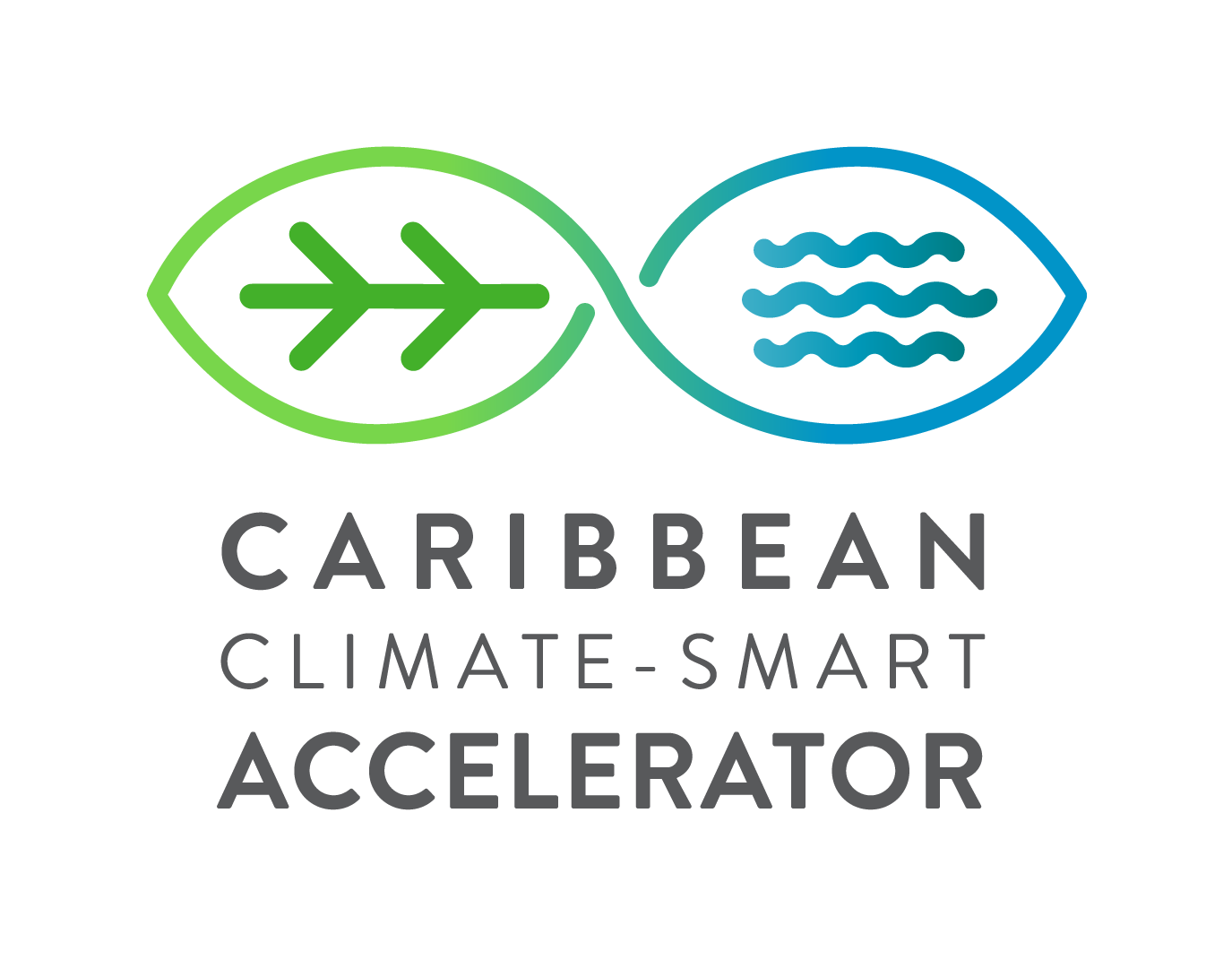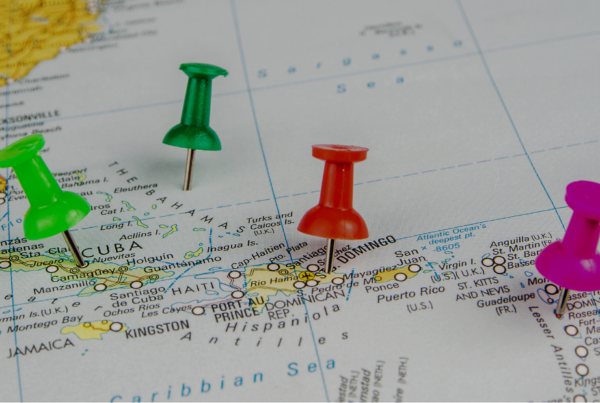Making the Caribbean’s Energy Transition More Gender Equitable
By: Racquel Moses, Chief Executive Officer Caribbean Climate-Smart Accelerator
and Global Ambassador of Race to Zero and Race to Resilience campaigns
During a recent meeting with the Caribbean Development Bank and other partners, we were asked a powerful question: What interventions are we making to ensure the energy transition is more gender equitable? It was an important moment of reflection—one that made me think deeply about the thoughtful ways we’re approaching this challenge, and how we might do even more by listening to the people of the region we serve.
From my vantage point, three primary approaches currently shape how we’re supporting gender diversity in the Caribbean’s path to energy independence.
- Data Collection: Knowing Where We Stand
What gets measured gets managed. Without data, we simply don’t know where we stand, let alone how to improve. That’s why, for every project that applies to the Caribbean Climate-Smart Accelerator (CCSA), we collect gender-specific data—not just at a surface level, but also in terms of ownership structure.
For example, if a project has multiple founders and one is a woman, we examine the actual ownership interest. We’ve encountered cases where women are nominally listed as founders but hold little to no equity. That doesn’t meet our standard for a women-led business.
Having this data allows us to establish a meaningful baseline and track progress over time. We use it to inform funders about areas where we’re seeing momentum—and where we’re not. One of the Big Four consultancies once told us our database was among the most comprehensive they had ever seen for a nonprofit.
We love data not only for what it reveals but also for the stories it allows us to tell. It’s not perfect—and neither is ours—but it gives us a factual foundation for decision-making, continuous learning, and improvement.
- Promotion: Creating Visibility and Opportunity
Another way we support gender equity is through visibility. Our Climate Smart Map showcases the pipeline of projects we’re supporting, helping donors and investors find opportunities aligned with their interests. While we don’t currently display gender information on the map itself, we can provide that data on request for any project. This ensures projects aren’t excluded upfront while still supporting informed decision-making.
We’re also proud to support the Women in Renewable Energy Luncheon held on the sidelines of the Caribbean Renewable Energy Forum. It provides a safe, empowering space for women in the field to connect, collaborate, and amplify each other’s work.
- Funding: Prioritising Women-Led Innovation
Our Innovation Fund is a key tool for driving gender equity. Although its primary focus is on the blue economy, food security, and circular economy, energy is a cross-cutting theme. The Fund provides:
- Foundational support, what we call Beautiful Basics to get ideas off the ground
- Formal Project Preparation to make ventures investment-ready
- Tipping point support to close final funding gaps for near-commercial readiness. (Apply here if you’re interested.)
Currently, about 25% of our project portfolio is led by women. Through the Innovation Fund, we’re aiming to increase that to at least 40% over the next five years.
You might ask, why not 50%? Believe me, that’s what I want in my heart. But we also want to set achievable, meaningful milestones that can guide us toward that 50% goal over time. Reaching true equity requires deliberate work today to build the foundations for tomorrow.
From the (yet unpublished) data we’ve reviewed, there is some encouraging representation of women in public utilities and government energy departments—particularly in admin, middle management, and non-technical roles. But we need more women in technical, STEM, and leadership positions. Why? Because many of these technical roles are the ones that rise into senior leadership.
We believe that increasing access to technical training and career pathways in renewable energy can create a “double dividend” for gender equity in the sector.
What Comes Next?
We’re eagerly awaiting more comprehensive data so we can take a surgical approach to future interventions. But data alone isn’t enough.
We need your ideas.
What else can we do to advance gender equity in the Caribbean energy transition?
What are we missing?
How can we support the ambitions of women and girls across the region who want to power our future?
Let’s build it—together.






